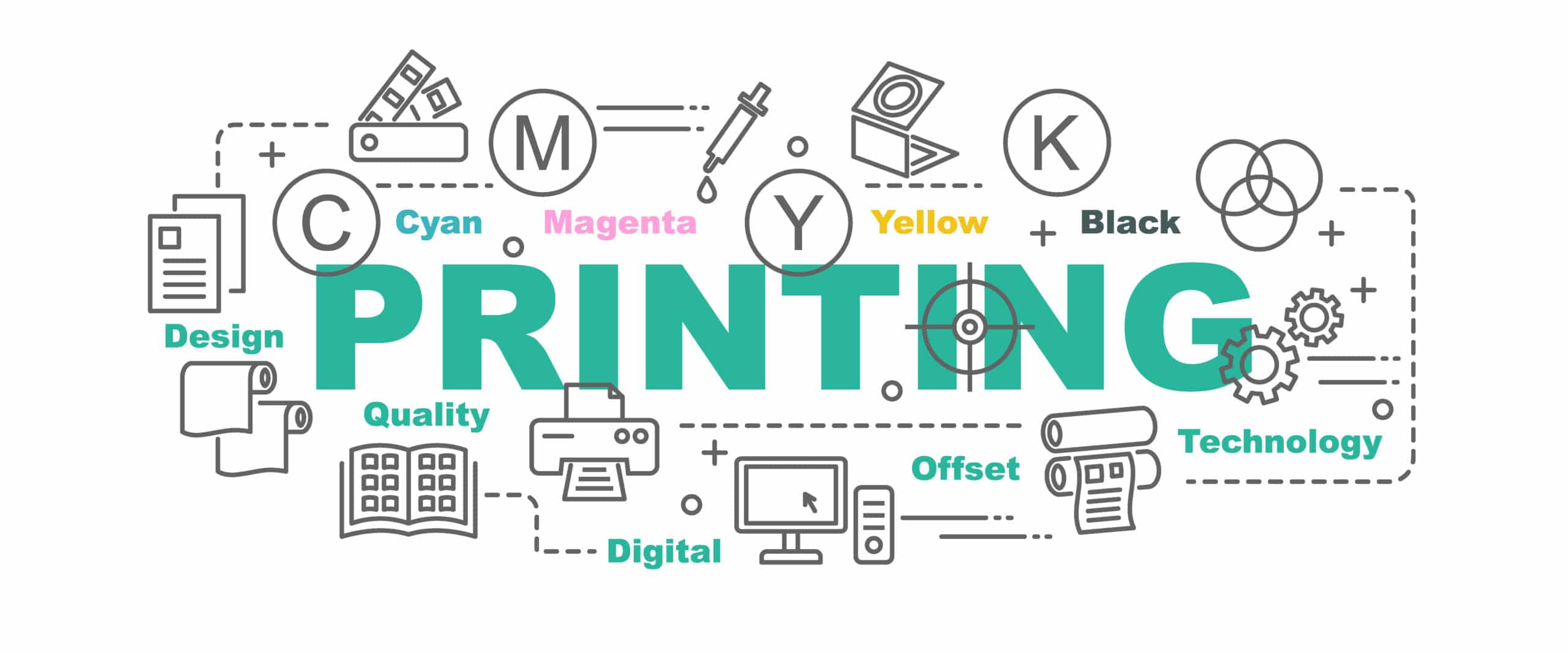Printing has come a long way since its inception in America. The demand for color prints was low before 1800, and the technology to produce them was virtually non-existent. However, by the early 1800s, the market for books with color illustrations grew, and hand coloring black-and-white engravings was the norm.
This changed with the introduction of lithography in America. Invented and refined in Europe, lithography arrived in America in the early 1800s, and quickly replaced the traditional woodblock and etching techniques. Lithographic businesses were established in major American cities between 1825-1850, and by 1840, hand-colored and tinted lithography began to be produced.
Lithography is a printing process that uses a flat stone or metal plate on which the image to be printed is drawn or painted in a special ink. The plate is then treated so that the ink adheres only to the image and not to the non-printing areas. A sheet of paper is then pressed against the plate, transferring the ink and producing a printed image.
The process allowed for the mass production of printed materials, such as books, posters, and advertising materials, making it a revolutionary technology in the printing industry.
Printing Technology Evolution
Between 1850 and 1875, the color lithography process became more sophisticated and mechanized. Color advertising became a major source of income for lithography companies, and by the end of the century, the production process became heavily mechanized, allowing for the mass production of prints and advertising materials.
Lithography had a profound impact on the home décor of middle and lower-class Americans. Prior to its introduction, art was a luxury for the wealthy. But the affordability of mass-produced prints meant that virtually everyone could decorate their homes and offices with large, bright, and colorful images. By the end of the 1800s, popular art was everywhere, leading to what has been described as “the color explosion.”
The “halftone photolithography” process, which allowed for full-color prints to be made using just three colors, was introduced in the 1890s. While not as high quality or versatile as traditional lithography, it was cheaper and faster and more than adequate for most advertising and magazine work. By the 1940s, halftone had all but replaced lithography, making it a niche technology used primarily by artists.
In conclusion, the printing industry has come a long way since its inception in America. The introduction of lithography revolutionized the market, making art accessible to the masses and leading to what has been described as “the color explosion.” The halftone photolithography process further changed the industry, making it more efficient and cost-effective. Today, the printing industry continues to evolve and advance, providing a wealth of possibilities for creative expression and communication.
It’s our 50th Anniversary! Trust your image in the hands of professionals, contact us today for your printing needs. www.mmprint.com



1 Comment
Ez
February 21, 2025Fascinating journey! The evolution from lithography to halftone shows incredible industry progress!